Explorer Bartholomew Gosnold first named Cape Cod In 1602. He was looking for sassafras because it was thought to cure social diseases. Glad there were lots of fish here; one would hate to think what he might have called it.
From earliest times, the cod was the staple around which life revolved. Cape Codders never had to worry about going hungry if they ate seafood, and cod was an easy fish to salt and keep. Prior to the Civil War, 90% of Cape inhabitants had jobs that were of a maritime nature, and the cod occupied a prominent place.
One 19th century sea chantey that sailors everywhere sang was about Cape Cod. Chanteys helped sailors on board to work together. This one was about Cape Cod lifestyle and it covered all ages. It reflected life down to the basics and the ability to make do with very little. It wasn’t always a flattering portrait.
Girls on the Cape had a couple of stanzas written about them in this chantey.
Cape Cod girls don’t use combs
They comb their hair with codfish bones
Cape Cod girls don’t wear frills
They’re plain and skinny like codfish gills.
The boys escaped more easily.
Cape Cod boys don’t have sleds
They slide down dunes on Codfish heads
Were cod really large enough to use as sleds? Remember these fish had been salted and dried, not fresh cut. The largest cod on record was six feet, but the average is usually between two and four feet. The best explanation – “head” rhymes with “sled.”
Cod and cooking were closely allied in this chantey.
Cape Cod women don’t make pies
They feed their children codfish eyes.
The men’s verse dealt with their occupations.
Cape Cod men have no sails
They sail their boats with codfish tails.
Cod fish was part of health:
Cape Cod people have no ills
Their doctors give them codfish pills.
Did your parents ever tell you that cod liver oil was good for you? Think, did you ever see them take it? Maybe they knew how cod liver oil was obtained. In olden days, the oil came from cod livers that were allowed to rot. Both brown and pale oil were acquired this way; doctors tended to prefer the pale oil as it didn’t upset the bowels. In the 1850s, a new way was found –creating a liver slurry and fermenting the oil. Today, it’s a trade secret process – and you probably don’t want to know the secret.
With Cape Cod being famous for fishermen, it’s obvious that the cod would occupy a major place in it. A fishing vessel could use up to 900 bushels of salt, which gave rise to a large saltworks industry on the Cape, especially after a Dennis man showed how to create salt from sea water by evaporation.
There is even a cod dish called Cape Cod Turkey. It’s really salt cod served with potatoes, eggs and cream sauce. Author Mark Kurlansky, in his book titled “Cod” wrote:
“The origin of the name “Cape Cod turkey” is obscure. It has come to mean cooked fish; more specifically, baked stuffed codfish well larded with salt pork. One explanation of the term centers about Thanksgiving. The traditional food for that day was, and still is, turkey. Turkey meant thankfulness to God for his bounty. However, without the fishing industry the colonists would have had very little to be thankful for. Then too, the Irish in and around Boston used the term ‘Cape Cod turkey’ to refer to their Friday meal of fish. Fish, and particularly salt fish, seemed to taste better if it bore the aristocratic name Cape Cod turkey.”
Salt cod sold in little wooden boxes was popular up into the years after World War II, but has slowly lost popularity. Breakfast is now far more than the traditional codfish cakes and beans.
Everybody in Massachusetts recognized the cod as being special. Our state called this fish the Sacred Cod. A five foot wooden carving of it hangs in state house in the House of Representatives chamber. This carving is not the original. A 1747 fire consumed the first one. The second disappeared during the American Revolution. Did it make its way to England along with Governor John Bradford’s book? Bradford’s was “rediscovered” in the 1850s in the Bishop of London’s library at Fulham Palace and first published in 1856. The cod wasn’t with it. The third one is the one seen in the House of Representatives today. The moniker “Sacred Cod” was given to it in 1895 by a House committee appointed to “investigate the significance of the item.” In 1933, it was “Cod-napped” by Harvard students. Later, it was briefly taken by students from UMass Boston, trying to “one-up” Harvard.
The cod also made a brief appearance on Massachusetts license plates. In 1928, the cod was embossed under the numbers, but to many it looked like a pregnant guppy. There were so many complaints that it was decided not to put it on license plates again. However, the 1929 truck plates already had some stamped on them, frugality won out, and they were issued. But that was the cod’s last stand on a license plate.
Cod might become scarce, but will always be the symbol of our state, part of our maritime heritage, and what makes our state and Barnstable county so very special.
Excerpted from an article by HSOY Historian Duncan Oliver.
















